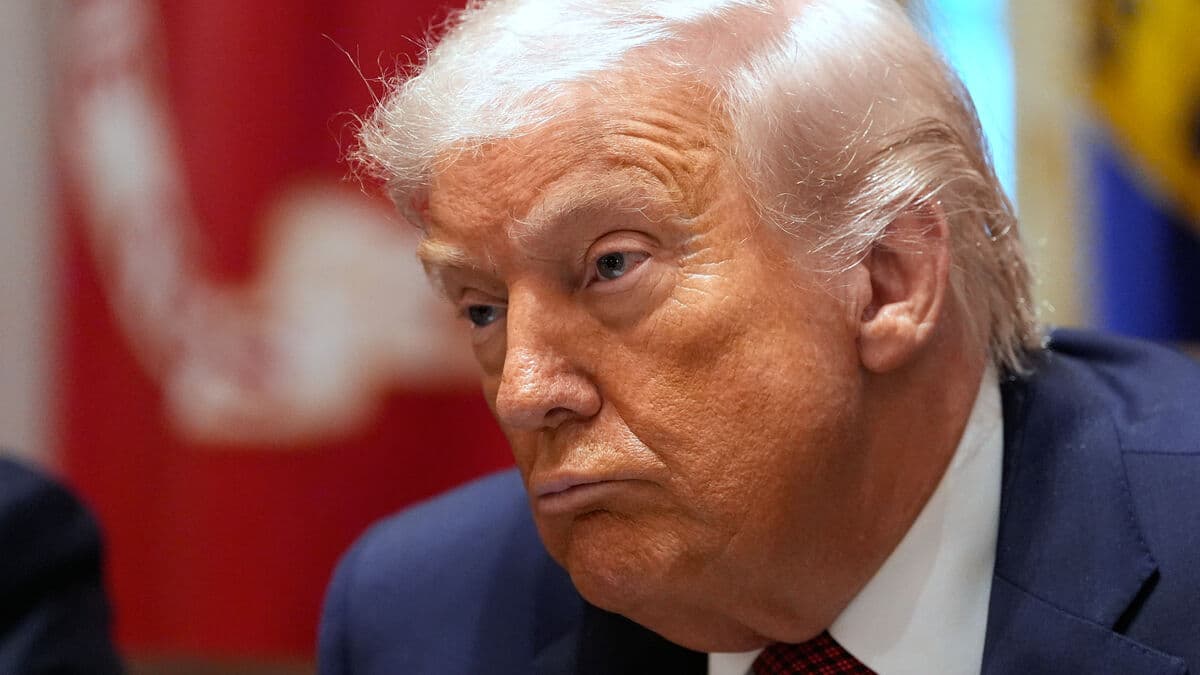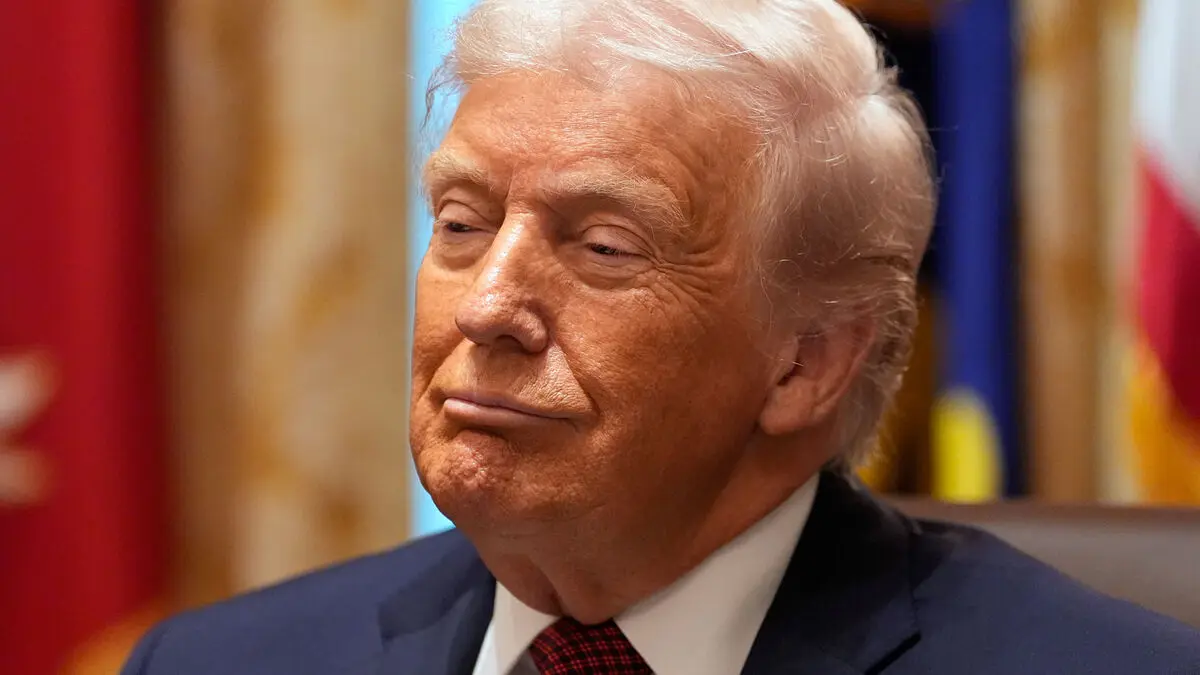Calmfors believes that additional stimulus measures may be needed when the dust from Trump's tariff turmoil has settled – and then already before the next budget.
The measures in the spring amending budget are in a way already outdated. What we're seeing happen now in the world was not anticipated, it's gone so fast, so it's not that surprising, he says.
The tariffs are hitting exports and making companies hesitant to invest. Measures targeted at investments could be an opportunity.
Jens Magnusson, chief economist at SEB, thinks that the government is holding back a bit on investments since there are large posts outside the budget, such as the Swedish support to Ukraine and large defense investments. Then it may not be possible to also maximize the normal budget space, as he sees it:
It's not a budget that breathes tariff war and dramatic changes and deteriorations. Given the circumstances, it's a fairly cautious budget. One could naturally have struck with more stimuli.
Magnusson does not expect any supplementary budgets in the spring and summer from the government, but rather as a complement to the autumn budget in September.
Normally, it's in the spring proposal that you get your supplementary budget, then you usually let it be until the autumn budget. Then comes the budget for 2026. But then comes also an additional supplementary budget, if you see that it's needed for the current year.





